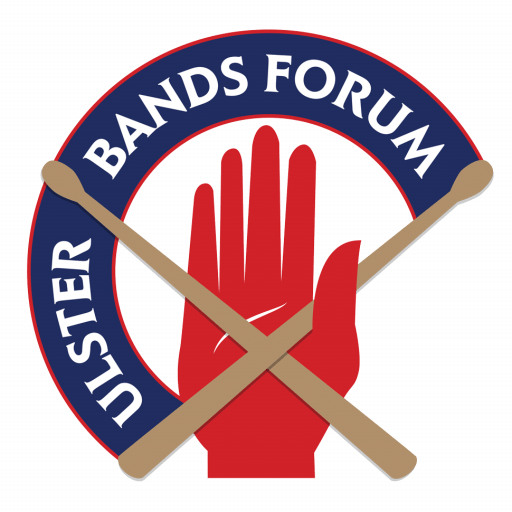Following the relief of Londonderry and their defeat at Newtownbutler by the Enniskilleners the Jacobites withdrew from the west of Ulster.
The forces of the Duke of Schomberg landed in Bangor August 1689 O.S. and quickly laid siege to and took Carrickfergus Castle.
Being unsatisfied with Schomberg’s slow progress King William III landed in Carrickfergus in June 1690 to take personal command before marching south.
James II/VII took up defensive positions along the River Boyne the last major natural obstacle before Dublin.

The Williamite army consisted of well-equipped British, Dutch, Huguenot and Danish troops.
The Jacobite Army was built around its fresh Irish regiments although there was also a large contingent of experienced and professional French troops.
These had been sent to James in exchange for a brigade of Irish troops to be attached to the French Army.
Having fewer flintlock muskets its principal firearm was the older and less reliable matchlock, they had even fewer bayonets meaning a large portion of the infantry carried pikes.
The Jacobite cavalry however was second to none, and were well equipped, well mounted and were excellent horsemen.
The two armies met on evening of 30th June O.S. at Oldbridge, situated on a bend in the river near Drogheda. There were also fords in the river upstream at Rosnaree.
While observing the Jacobite positions William was hit by an enemy round shot. Rumours soon spread as far away as Paris that the King had been killed.
In fact, William was only grazed and appeared at a council of war later that night where a plan of attack was made, and a decision taken that in battle the Williamites would identify themselves by wearing green sprigs in their hats.
This was necessary as the two armies wore a variety of colours and uniforms (despite this William himself was almost mistakenly shot by one of his own men).

The morning of the of 1st July O.S. (11th July N.S.) was a foggy one and the Jacobite sentries were unable to see the Williamites, but they did hear marching troops heading upstream and reported that the bulk of the Williamite army was marching to Rosnaree.
Rosnaree was lightly guarded by a regiment of dragoons under Colonel O’Neil.
These troops put up a fierce resistance and only relented when O’Neil himself was killed.
James fearing, he was being outflanked moved the bulk of his army to face this threat.
However, the two sides were unable to fully engage each other due to a steep boggy valley being between them.
Having successfully divided the Jacobite army the Bulk of William’s army launched the main attack at Oldbridge.
First to cross was the Dutch Blue Guards. The Guards crossed the river with colours flying and their fifes and drums playing ‘Lilliburlero’ a song that satired James’ appointment of the Earl of Tyrconnell as Lord Deputy of Ireland
Legend states James decided to flee the Kingdom when he heard it being whistled by the guard outside his bedchamber!
The Blue Guards quickly took the opposite bank but were counter attacked by Jacobite Cavalry led by James’ illegitimate son the Duke of Berwick.
Observing the Dutch squares fend off charge after charge of Jacobite horsemen William was heard to remark “My Poor Guards”.
Regiments of foot were soon crossing the river to support the Blue Guards but were also attacked by the Jacobite cavalry.

It was during one of these charges that the Duke of Schomberg was killed while directing Ulster and Huguenot regiments.
Bishop Walker former governor of Londonderry was also killed in the same charge.
Walker had been serving with the Ulstermen and is said to have been killed while going to Schomberg’s aid.
Like the rest of the fallen Walker was initially buried on the battlefield, however his widow later exhumed the body and reinterred it in Castlecaulfied Co Tyrone.
William realizing the loss of his general could cause a collapse of moral took personal command of his cavalry and crossed the river slightly upstream at Drybridge and forced back the Jacobite horsemen.
During the crossing he suffered an asthma attack. Legend says the King was dragged from the river to safety by an Enniskillener called Mackinlay.
This may have been a man known to history as James ‘The Trooper’ who was the ancestor of the 25th US President William McKinley.
The Jacobites withdrew in good order to the hill of Donore.
Its then that King William took charge of the Inniskilling Regiment of Horse declaring to the Ulstermen
“Gentlemen You shall be my Guards today. I have heard much of you. Let me see something of you!”
KING wILLIAM iii
Following a bloody fight for the hill the Jacobites threatened with encirclement routed.
During this fighting William still at the head of the men of Enniskillen captured Lt Gen Hamilton, who had commanded the Jacobite forces during the Siege.
William asked Hamilton if his men would charge again to which he replayed “upon my honour, I believe they will…”
To this the King is said to have asked disdainfully “You honour?”
(William gave Hamilton parole in 1688 to offer Tyrconnell a position in his government. Hamilton broke his parole and re-joined the Jacobites)

Following his defeat at the Boyne James once again fled to exile in France.
The war in Ireland ended the next year with the Battle of Aughrim and Treaty of Limerick. Ending the conflict that began in Londonderry with the closing of the Gates.
Credit: https://www.facebook.com/ABOD-Parent-Club-104875318711826/


The McKinley was called David not James